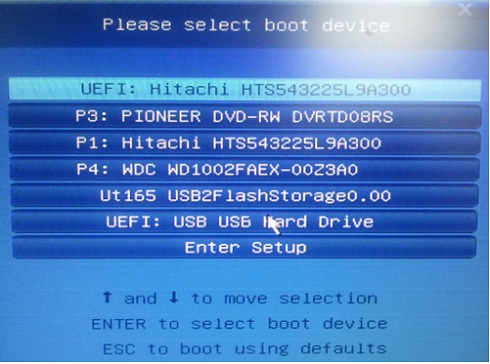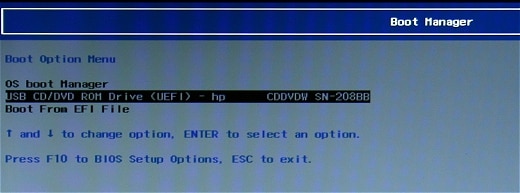
If the laptop keeps long beeping or beeping for more than 3 minutes, the recovery fails, possibly because of the wrong image file or the USB flash disk doesn’t work on the laptop. The laptop will keep short beeping for about one minute, it will power off itself after recovering the BIOS. After the laptop starts short beeping, release WinKey+B.ġ1. Push the Power button as normal to power on the computer.ġ0. Hold the Power Button for 5 seconds, then release.ĩ.

Plug in the USB flash disk to the laptop.Ĩ. Remove the AC power and battery from the lapttop.ĥ. (the file may be different depending on the model)Ĥ. Copy the file 306DF15.FD to USB disk’s root directory and rename it to 306D.bin. Actually this model can be found in “BIOS Setup” (we can’t start it as the CMOS is bad)ģ. You may try one by one to see which model your computer use. There are two model for Compaq CQ35 computers, so there are two. For my computer and the BIOS version I use, the two files are 306DF15.FD and 306EF15.FD. Unzip WinFlash.exe using a program like WinRAR. In the directory selected, we can get WinFlash.exe. Select a directory to store the files and you can close the program. Execute the BIOS update file on another computer. Get the BIOS image from HP’s website (I use F15 version).ĭownload the BIOS update file from HP’s website (an exe file). Format the USB flash disk’s filesystem to FAT16 on another computer.Ģ. The steps to recovery the BIOS are as follows.ġ.

You need to prepare a USB flash disk and another computer that is connected to the Internet (we need to download the BIOS image from HP). I will introduce the procedure to crisis recovery my HP Compaq laptop. I finally managed to recovery the BIOS with a help of USB flash disk. Save your settings and restart the computer with the USB key installed.But after searching on the Internet and find there is a “crisis recovery” mechanism to recovery the BIOS even the CMOS don’t work. In the boot menu, look for the boot order controls and move the USB drive to the top of the list.Ĥ. For more information, you should consult the documentation that came with your PC.ģ. If no such screen appears, your BIOS may be set to “fast boot” mode, so you will need to experiment with different keys at bootup, before the Windows screen appears.

It’s usually Escape, F1, F2, F8, F11, or F12. Turn it back on and press the key indicated briefly on the startup screen to enter your BIOS Setup. Unfortunately, every BIOS screen is configured differently, so you will need to explore the options for yourself.Ģ. You can still boot from the USB drive, though you will need to tweak the BIOS settings. If the Windows 10 boot method doesn’t work, it might be because your PC’s BIOS (basic input/output system) doesn’t support it.


 0 kommentar(er)
0 kommentar(er)
